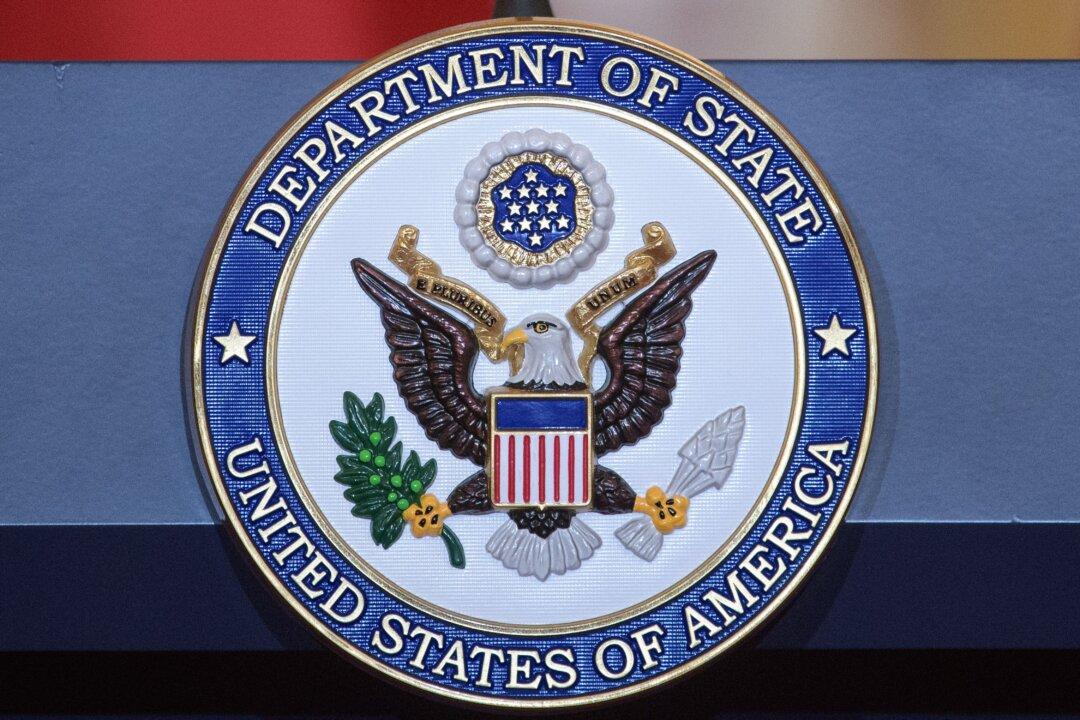An analysis of cellphone records performed by an election intelligence group shows that thousands of fraudulent ballots were deposited in mail-in drop boxes during the 2020 election, an amount sufficient to change the outcome of the election, according to Dinesh D’Souza, director and writer of the documentary “2000 Mules.”
Many people, including D’Souza, were baffled by numerous anomalies occurring in the 2020 election, especially by the sudden stopping of the vote count on the election night followed by a remarkable turnaround the next morning, the filmmaker said.






